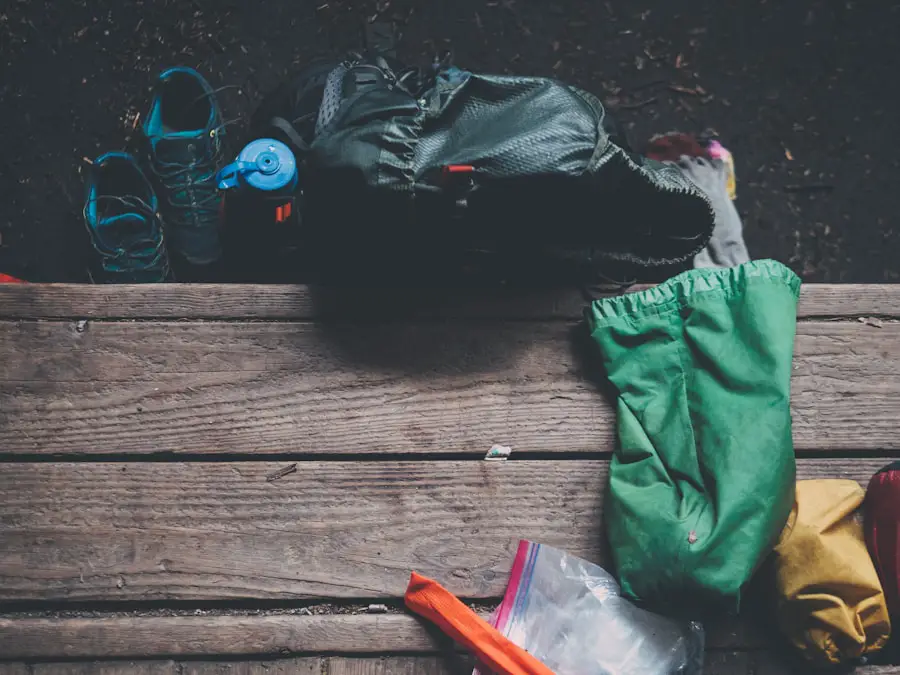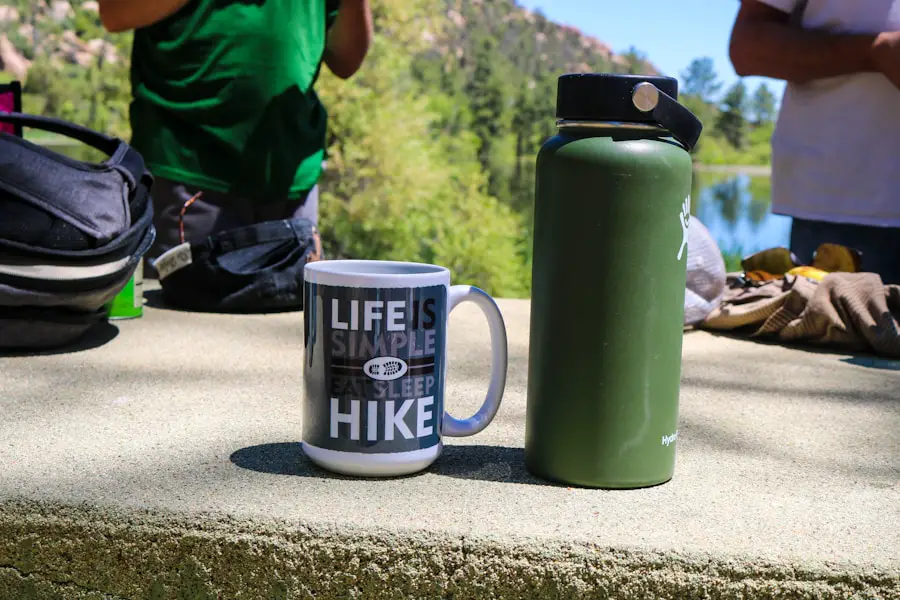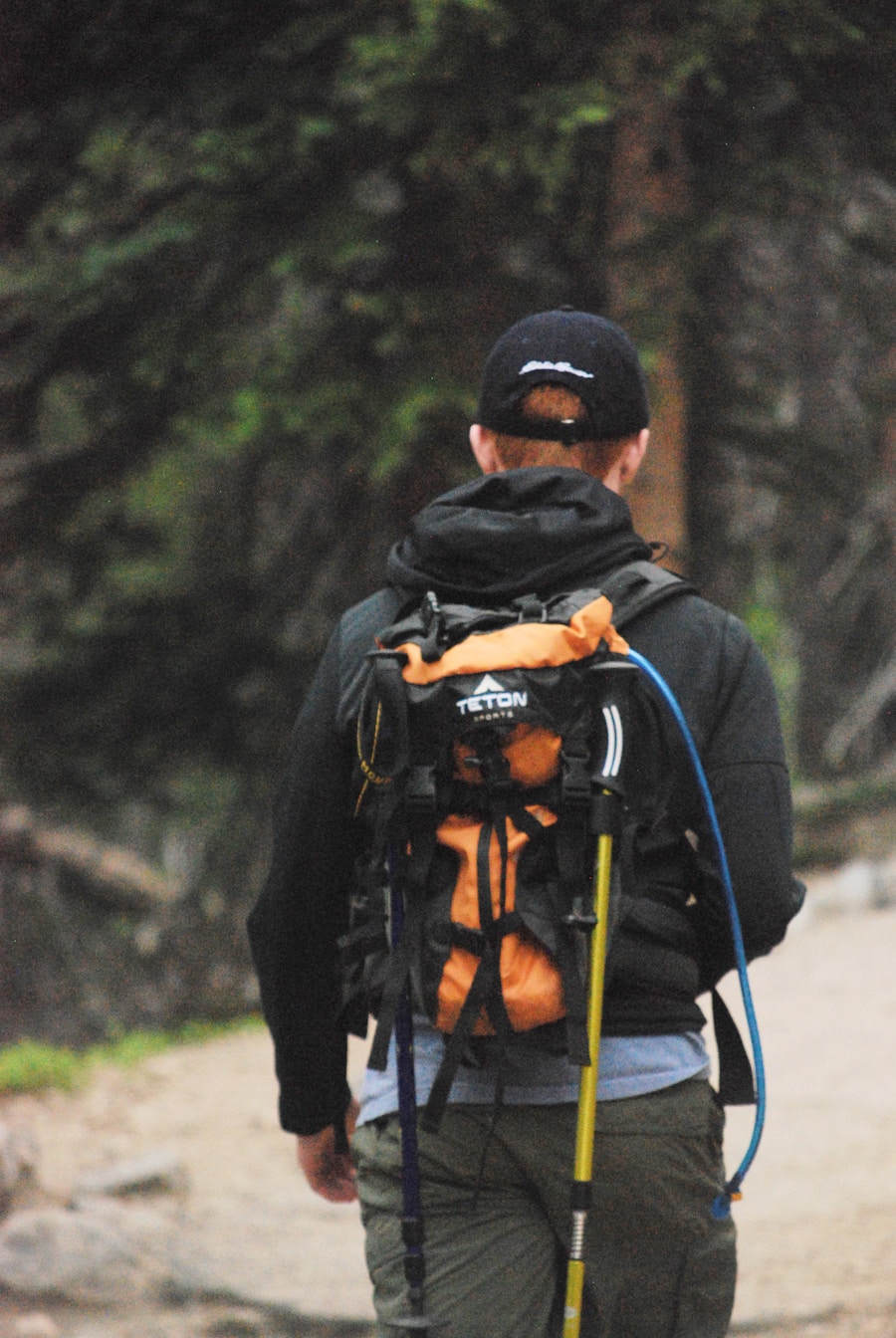When embarking on an outdoor adventure, the choice of clothing is paramount to ensure comfort, protection, and adaptability to changing weather conditions. The layering system is a fundamental principle in outdoor clothing, consisting of three primary layers: the base layer, the insulating layer, and the outer layer. The base layer, typically made from moisture-wicking materials such as merino wool or synthetic fabrics, is designed to keep sweat away from the skin.
This is crucial during physical activities, as it helps regulate body temperature and prevents chilling. For instance, a long-sleeve merino wool shirt can provide warmth while also allowing for breathability, making it an excellent choice for hiking in cooler climates. The insulating layer serves to trap body heat and retain warmth.
Fleece jackets or down vests are popular options for this layer, as they provide excellent insulation without adding excessive bulk. When selecting an insulating layer, it’s essential to consider the weight and packability of the material, especially for multi-day trips where space is limited. The outer layer, often referred to as the shell, is designed to protect against wind, rain, and snow.
Waterproof and breathable materials like Gore-Tex or similar technologies are ideal for this purpose. A good shell jacket should have features such as adjustable cuffs, a hood, and ventilation zippers to enhance comfort during varying weather conditions.
Key Takeaways
- Layering is key for clothing in outdoor activities to regulate body temperature
- Choose footwear with good ankle support and traction for rough terrain
- A backpack with adjustable straps and multiple compartments is essential for carrying gear
- Pack lightweight, high-energy snacks and a water filtration system for food and water
- Carry a map, compass, and emergency whistle for navigation and safety in the wilderness
- Invest in a lightweight, waterproof tent and a warm sleeping bag for shelter and sleeping
- A first aid kit should include bandages, antiseptic wipes, and any necessary medications
- Personal items like sunscreen, insect repellent, and a multi-tool are important for outdoor excursions
Footwear
Footwear is another critical component of outdoor gear that can significantly impact the overall experience of any adventure. The right pair of boots or shoes can mean the difference between a successful trek and a painful ordeal. Hiking boots come in various styles, including lightweight trail runners for well-maintained paths and heavy-duty mountaineering boots for rugged terrains.
When selecting footwear, it’s essential to consider the type of terrain you will encounter. For example, if you plan to hike in rocky areas or during wet conditions, a boot with a sturdy sole and good traction is necessary to prevent slips and falls. Fit is equally important when it comes to footwear.
A well-fitted boot should provide ample support without being too tight or too loose. It’s advisable to try on boots with the socks you intend to wear during your hike, as this can affect the fit. Additionally, consider the break-in period; new boots should be worn on shorter hikes before embarking on longer treks to avoid blisters and discomfort.
Footwear should also be chosen based on the season; insulated boots may be necessary for winter hikes, while breathable shoes are preferable for summer outings. Investing in high-quality footwear not only enhances comfort but also contributes to overall safety during outdoor activities.
Backpack and Gear

A well-designed backpack is essential for carrying all necessary gear while maintaining comfort and balance during your outdoor excursions. When selecting a backpack, consider factors such as capacity, fit, and features. Backpacks come in various sizes, typically measured in liters, with options ranging from daypacks for short hikes to larger backpacks suitable for multi-day trips.
A daypack of around 20-30 liters is generally sufficient for short outings, while a 50-70 liter pack is ideal for longer adventures where additional gear and supplies are required. The fit of the backpack is crucial for comfort; it should sit snugly against your back without causing pressure points. Look for adjustable straps and a hip belt that helps distribute weight evenly across your body.
Features such as hydration reservoirs, multiple compartments for organization, and external attachment points for gear can enhance functionality.
Additionally, consider the material of the backpack; durable fabrics that are water-resistant or waterproof can protect your gear from the elements. A well-chosen backpack not only facilitates easy transport of essentials but also contributes to an enjoyable outdoor experience.Food and Water
| Category | Metrics |
|---|---|
| Food | Calories consumed per day |
| Food | Percentage of population with access to nutritious food |
| Water | Water consumption per capita |
| Water | Percentage of population with access to clean drinking water |
Proper nutrition and hydration are vital components of any outdoor adventure. The type of food you bring should be lightweight, non-perishable, and easy to prepare. Dehydrated meals are popular among backpackers due to their convenience and long shelf life; they require only hot water for preparation.
Brands like Mountain House or Backpacker’s Pantry offer a variety of meal options that cater to different dietary preferences, including vegetarian and gluten-free choices. Additionally, energy-dense snacks such as nuts, trail mix, energy bars, and jerky provide quick fuel during strenuous activities. Hydration is equally important; carrying enough water is essential to prevent dehydration during physical exertion.
Depending on the length of your trip and availability of water sources along the route, you may need to carry a water filter or purification tablets to ensure safe drinking water. A hydration bladder integrated into your backpack allows for easy access to water while on the move, while collapsible water bottles can save space when empty. It’s advisable to drink water regularly rather than waiting until you feel thirsty, as thirst can be an indicator that dehydration has already begun.
Navigation and Safety
Navigating through unfamiliar terrain requires reliable tools and knowledge to ensure safety and prevent getting lost. Traditional maps and compasses remain invaluable resources for outdoor navigation; understanding how to read topographic maps can provide insights into elevation changes and terrain features that may not be visible on digital devices. A compass can help orient your map and guide you in the right direction when trails are unclear or obscured.
In addition to traditional navigation tools, modern technology offers GPS devices and smartphone applications that can enhance navigation capabilities. However, reliance solely on electronic devices can be risky due to battery life limitations or lack of signal in remote areas. Therefore, it’s prudent to carry both traditional and digital navigation tools as a backup system.
Safety measures should also include informing someone about your planned route and expected return time before heading out. Carrying a whistle or signaling device can be beneficial in case of emergencies where you need to attract attention.
Shelter and Sleeping

A good night’s sleep is crucial for maintaining energy levels during outdoor adventures, making shelter selection an important consideration. Tents come in various styles and sizes; lightweight backpacking tents are designed for portability while providing adequate protection from the elements. When choosing a tent, consider factors such as weight, ease of setup, weather resistance, and space requirements based on the number of occupants.
In addition to tents, other shelter options include hammocks with rain flies or tarps for minimalist setups in suitable environments. Regardless of the type of shelter chosen, ensure that it is appropriate for the expected weather conditions; four-season tents are ideal for harsh climates while three-season tents suffice for milder conditions. Sleeping bags also play a significant role in ensuring warmth during the night; they come with temperature ratings that indicate their suitability for different climates.
Pairing a sleeping bag with an insulated sleeping pad can enhance comfort by providing cushioning and insulation from the cold ground.
First Aid Kit
A well-stocked first aid kit is an essential component of any outdoor adventure gear list. Accidents can happen at any time, so being prepared with basic medical supplies can make a significant difference in managing injuries or illnesses while away from immediate medical assistance. A comprehensive first aid kit should include adhesive bandages in various sizes for minor cuts and scrapes, antiseptic wipes or ointments to prevent infection, gauze pads for larger wounds, and medical tape for securing dressings.
In addition to standard supplies, consider including items specific to your activities or personal health needs. For instance, if you have allergies or specific medical conditions, ensure that necessary medications are included in your kit. It’s also wise to carry items such as tweezers for removing splinters or ticks, pain relievers like ibuprofen or acetaminophen for managing discomfort, and blister treatment supplies if you anticipate long hikes.
Familiarizing yourself with basic first aid techniques can further enhance your preparedness; knowing how to treat common injuries can be invaluable in emergency situations.
Personal Items
Personal items may seem trivial compared to essential gear but can significantly enhance comfort and enjoyment during outdoor adventures. Items such as sunscreen and insect repellent are crucial for protecting against sunburns and bug bites that can detract from your experience in nature. Choosing a broad-spectrum sunscreen with an appropriate SPF rating ensures skin protection against harmful UV rays while hiking or camping.
Additionally, personal hygiene items should not be overlooked; biodegradable soap and a small towel can help maintain cleanliness during extended trips in the wilderness. A compact toiletry kit containing toothbrushes, toothpaste, and toilet paper can contribute to overall comfort while minimizing environmental impact by using eco-friendly products when possible. Furthermore, entertainment items such as a book or playing cards can provide relaxation during downtime at camp after a long day of exploration.
These personal touches can make your outdoor experience more enjoyable while ensuring that you remain comfortable throughout your journey.
When preparing for a hiking trip, it’s important to carefully consider what to pack in your luggage. One essential item to bring along is a reliable softside carry-on luggage with wheels. This type of luggage is versatile and easy to maneuver, making it ideal for transporting your gear to and from the trailhead. If you’re in need of recommendations, check out this article on the 5 must-have softside carry-on luggage with wheels for Spring 2025. It provides valuable insights on the best options available in the market to ensure a smooth and hassle-free hiking experience.
Love travel? Join Our Facebook Community For More Tips.
FAQs
What are the essential items to take on a hiking trip?
Some essential items to take on a hiking trip include a backpack, water, food, navigation tools (map and compass), first aid kit, extra clothing, and a multi-tool or knife.
What type of clothing should I bring on a hiking trip?
It’s important to bring moisture-wicking and breathable clothing, including a moisture-wicking base layer, insulating layer, and waterproof and windproof outer layer. Additionally, bring a hat, gloves, and extra socks.
What kind of footwear is best for hiking?
Sturdy and comfortable hiking boots or shoes with good traction are essential for a hiking trip. It’s important to choose footwear that provides ankle support and protection from rocks and debris.
How much water should I bring on a hiking trip?
The amount of water to bring on a hiking trip depends on the length and intensity of the hike, as well as the weather conditions. As a general rule, it’s recommended to bring at least 2 liters of water per person for a full day of hiking.
What kind of food should I pack for a hiking trip?
Pack lightweight and high-energy snacks such as trail mix, energy bars, nuts, and dried fruits. For longer hikes, consider bringing sandwiches, wraps, or other portable and non-perishable meal options.
What navigation tools should I bring on a hiking trip?
Essential navigation tools to bring on a hiking trip include a detailed map of the area, a compass, and a GPS device or smartphone with a reliable GPS app. It’s important to familiarize yourself with the route before the hike.
What should be included in a first aid kit for a hiking trip?
A hiking first aid kit should include items such as adhesive bandages, gauze pads, adhesive tape, antiseptic wipes, blister treatment, pain relievers, tweezers, and any personal medications. It’s important to customize the kit based on individual needs and potential risks.
